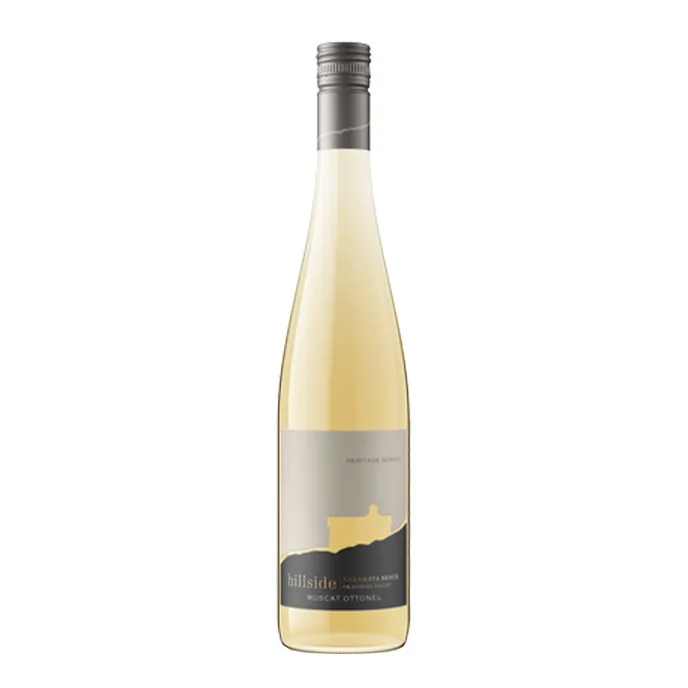Great plants grow out of healthy soil. Without exception, the are three critical elements to healthy soil:
Porosity
Physical structure of the soil can be compared to the walls and rooms of an apartment building. Apartment buildings that are spacious and strong will support ample life. Apartment buildings with 3ft ceilings and no windows will not attract many inhabitants and those that live there will not be healthy for long. The same reasoning applies to soil structure. Soil that has ample spaces between the particles will also support life in a more successful manner than soil that is heavy with small spaces between the particles. How much space (i.e. air) is ideal? As a general rule of thumb, healthy soil will be 50% air. I recommend an ideal garden soil blend of 65-70% topsoil, 20-25% peat moss, and 5-15% organics.
PH
Soil PH is a measure of the relative acidity or baseness in earth. A high PH (7.5 or higher) tends to indicate alkalinity, and a low PH (6 or lower) indicates high acidity. A PH of 7 is neutral. You can easily measure the PH value of your soil with an inexpensive soil test kit found at any garden centre. Generally speaking, the soil in our area is alkaline, with micro-pockets of acidic conditions (such as soil that is located around evergreen trees.) In order to support optimal life in the soil, agronomists and biologists strive to achieve a PH of between 6-7.5, with 6.5 being the most optimal for nutrient transfer and microbial functioning. How do you “correct” the PH in your soil? If your PH reading is higher than 7, garden gypsum spread at a rate of 8kg per 100 square feet of garden usually works wonders. It is also a good idea to add peatmoss, zeolite, and/or sand if the soil structure is heavy (a 3.8 cubic foot bale of peatmoss will cover 150 square feet in the garden.) If the PH reading of your soil is 6 or less, dolomite lime spread at a rate of 8-10kg per 100 square feet will help to neutralize the soil acidity. It may also be a good idea to add top soil if the soil structure is very spongy underfoot.
Microbial Considerations
A little known fact, soil is actually full of life. In a tablespoon (5g) of healthy soil, there may be up to 10 billion (yes billion!) bacteria, several million protozoa, and several hundred thousand colonies of beneficial fungus. It is the animals and fungi in the soil that do the majority of the work to free up nutrients located there, which the plants then take up. Bacteria feed primarily on organic material (i.e. decomposing life such as leaves, dead bugs, etc.), protozoa feed on both organic material and bacteria (and sometimes each other), and fungi feed on organic material. All are critical to soil health and as a result plant health. In order to increase the microbial count in your soil, correct the physical structure of the soil by adding peat moss, etc. (as discussed above) and then add organic compost, worm castings, sea soil, and / or composted manure to your garden. As a rule of thumb, 1-2inches of composted organic material spread across your garden twice a year will help to greatly increase the microbial populations.
As the world grapples with decreasing top soil levels and an unprecedented surge in demand for food, soil science is becoming a top focus for many scientists and think tanks. Supporting the life in the earth through appropriate soil structure, PH, and environmentally friendly ammendments is critical to achieving long-lasting health in our gardens, whether the area is a 7×5′ niche in a backyard or a 10 000 hectare commercial enterprise.






